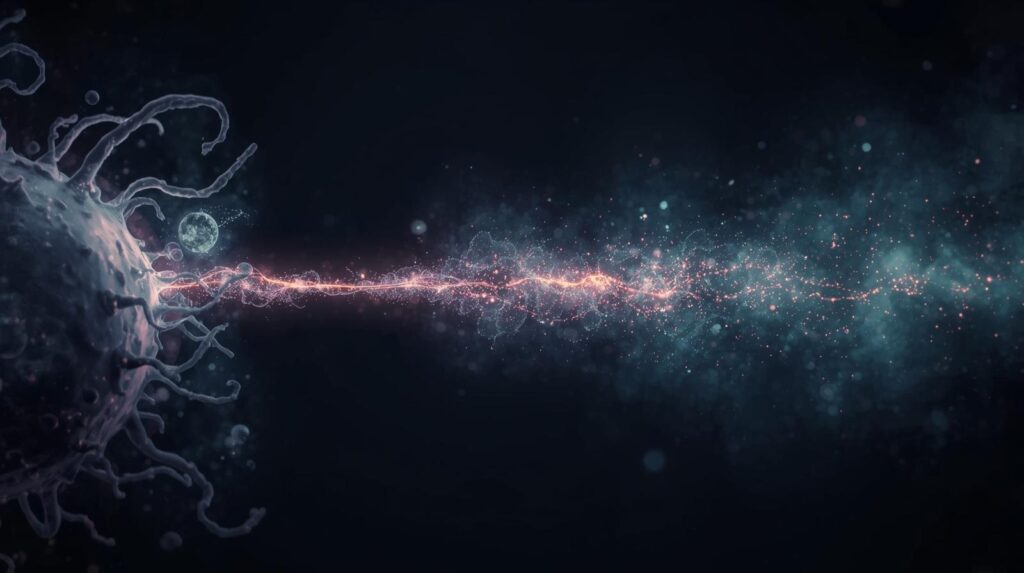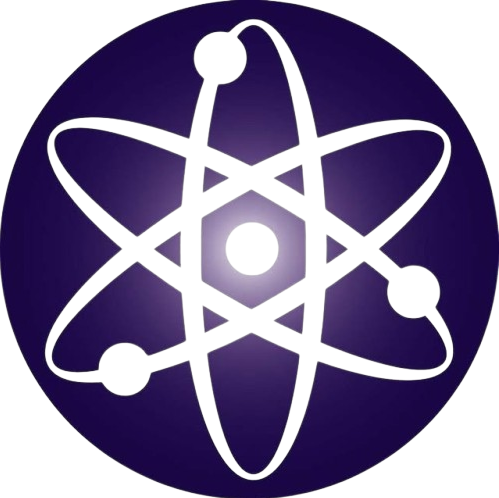Ultraweak Photon Emission (UPE) Proves It—Until Death Hits
Hey, imagine chilling in total darkness and your skin quietly flickers with invisible light.
That’s ultraweak photon emission (UPE)—a faint glow every living thing puts out, gone the second life ends. I thought it was sci-fi until I read the new study. Let’s break it down like we’re on a walk—no nerd talk, just real stuff.
It’s Not Magic, It’s Chemistry in Your Cells
This whisper of light, called ultraweak photon emission (UPE), comes from cells doing their daily grind. Your body breaks down food, fights bugs, and keeps the engine running. That hustle creates tiny sparks called reactive oxygen species, or ROS. When those sparks calm down, they release a photon—basically, light too weak to see.
Think of it like a sparkler on the Fourth of July. The reaction makes light. Same deal inside you, just a million times dimmer. I love how something so tiny ties every living thing together.
The Study That Blew My Mind
Researchers in Calgary locked four mice in a pitch-black box with super-sensitive cameras. Live mice? Faint glow. They humanely ended the mice and watched again. Ultraweak photon emission (UPE) dropped to zero, even while the bodies were still warm. No heartbeat, no glow. It’s like life has an “off” switch.

They did the same with plants. Scratched a leaf? The wounded spot lit up brighter for hours. Pour on stress chemicals? Same deal. It’s the plant screaming in light language.
Why Plants Glow When They’re Stressed
Farmers could scan crops at night; stressed plants crank out brighter ultraweak photon emission (UPE). Spot drought or bugs before leaves turn yellow. One farmer I read about already uses drone cameras for this—saves water and cuts pesticide use by 30%. That’s real money and cleaner veggies.
My houseplant wilts every winter. Now I wonder if it’s glowing brighter from my neglect. Guilty.
Your Body Does It Too—And Stress Changes It
Ever feel drained after a bad week? Your cells might be dimming. Chronic stress pumps out extra ROS, which tweaks the glow. Athletes could use this someday—scan after a game, see if recovery’s on track.
Tip: Load up on blueberries, spinach, almonds. Antioxidants mop up excess ROS like a sponge. I started a morning handful of nuts; I swear I feel sharper by noon.
Medicine’s Next Big Tool?
Imagine checking a transplant organ with a light scan—no cuts, just glow check. Healthy tissue shines steady; damaged stuff flickers weird. The study’s lead, Dr. Oblak, says it could happen in five years. Early cancer detection? Maybe. Inflammation before pain? Possible.
Warning: Don’t buy “biophoton” gadgets online yet. Most are scams. Real tech is lab-grade and expensive.
From Yeast to Humans—Everyone’s in the Club
Even bread yeast glows. Single cells do it. The light’s in the visible range—mostly reds and blues—but a thousand times too faint for your eyes. Myth busted: It’s not auras or ghosts. Just chemistry, like Dr. Oblak joked, “Glow stick, not spirit.”
I find it comforting. That quiet light links me to the oak outside, the dog on the couch, the basil on my windowsill. We’re all flickering together.
Quick FAQs You’ll Actually Care About
Can I see my own glow?
Not yet. Needs a $100K camera in total dark.
Does coffee boost it?
Temporarily—revs metabolism. But crash later dims it.
Is the light dangerous?
Nope. Harmless side effect of living.
What about after death?
Zero. Even warm bodies go dark.
Keep Your Inner Light Steady
Bottom line: Ultraweak photon emission (UPE) is your body’s quiet proof of life—feed it well, stress it less, and keep that inner light steady. Eat real food, move daily, sleep eight hours. Simple stuff, big glow.
Next time you’re in the dark, grin. You’re lit from the inside. What’s one thing you’ll do today to keep your spark strong? I’m grabbing an apple—join me.
